ACROBiosystems provides an extensive Organoid Toolbox featuring cutting-edge technology and specialized services, including ready-to-use iPSC-derived organoids, cryopreserved organoids, organoid differentiation kits, and tailored organoid services. These offerings facilitate advancements in disease modeling, drug screening, and safety assessments, fostering innovation in biomedical research.
Organoids: Miniaturized models of human organs
Organoids refer to small-scale organs made up of diverse cell types, exhibiting structures and functions akin to actual organs. Unlike conventional cell cultures, organoids better replicate human physiological and pathological characteristics.
Researchers utilize organoids to simulate various organs such as the brain, heart, liver, and intestines, developing models for diseases including cancer, neurodegenerative conditions, and genetic disorders.
These models have wide-ranging applications in developmental studies, disease mechanisms, drug effectiveness, and toxicity assessments, and play a crucial role in personalized medicine and precision treatment approaches.

ACROBiosystems' brain, cardiac, liver, and intestinal organoids. Image Credit: ACROBiosystems
Liver organoids: Cutting-edge tools for simulating liver function and disease research
The liver is a vital metabolic organ tasked with detoxification, metabolism, and nutrient storage. Its fundamental functional unit, the hepatic lobule, features a hexagonal design with a central vein at its core, while the hepatic artery and portal vein provide oxygen and nutrients from the periphery. This architecture is vital for liver metabolism and detoxification.
Liver organoids can replicate the liver's physiological structure and functions, reproducing various cell types such as hepatocytes and bile duct cells, alongside the hepatic lobular architecture.
This in vitro model, with its varied cell composition and biomimetic structure, serves as a valuable resource for liver disease research, drug development, and regenerative medicine studies.
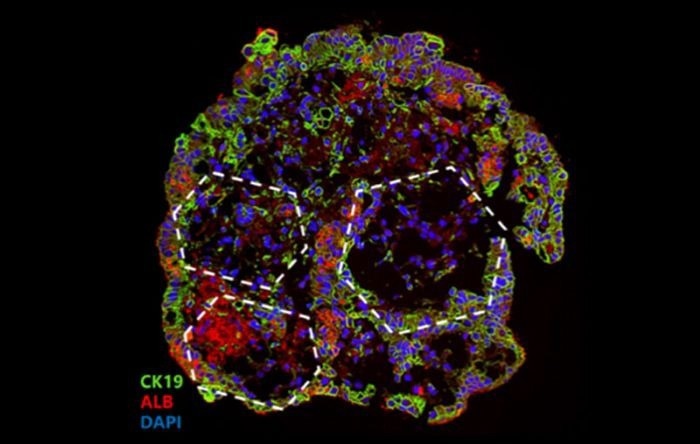
ACROBiosystems' liver organoids (Cat. No. CIPO-RWL005K) exhibit the typical hexagonal structure of hepatic lobule. Image Credit: ACROBiosystems
Application of liver organoids in disease modeling
Non-alcoholic fatty liver disease (NAFLD) is the most prevalent chronic liver condition globally, evolving from simple steatosis to non-alcoholic steatohepatitis (NASH), and potentially leading to liver fibrosis and hepatocellular carcinoma.
Liver organoids provide a significant in vitro model for investigating these diseases. For instance, Ouchi et al. created liver organoids consisting of hepatocytes, stellate cells, and Kupffer cells, closely mirroring in vivo liver tissue at the transcriptomic level.
Following free fatty acid (FFA) exposure, these organoids displayed lipid accumulation and progressively showed key features of NASH, such as steatosis, inflammation, and fibrosis.
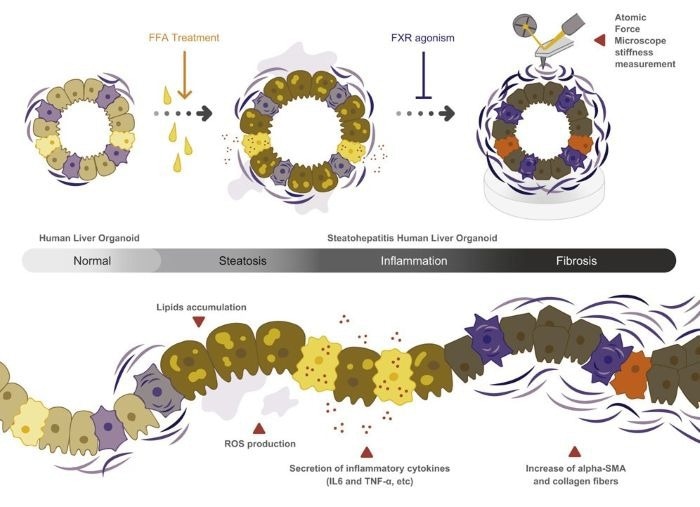
Liver organoids treated with FFA gradually exhibit key features of NASH. Image Credit: https://doi.org/10.1016/j.cmet.2019.05.007
Value of liver organoids in drug screening
Drug-induced liver injury (DILI) is a frequent cause of acute liver failure and drug withdrawals. Liver organoids, as a dependable in vitro model, have demonstrated their utility in assessing drug toxicity and facilitating new drug screenings.
For example, Shinozawa et al. established a toxicity screening system utilizing liver organoids to evaluate 238 marketed drugs, including 32 negative controls and 206 known DILI drugs, yielding high accuracy in predicting liver toxicity.
Moreover, Hendriks et al. employed liver organoids to screen 17 NAFLD drug candidates, successfully identifying compounds that effectively mitigated steatosis.
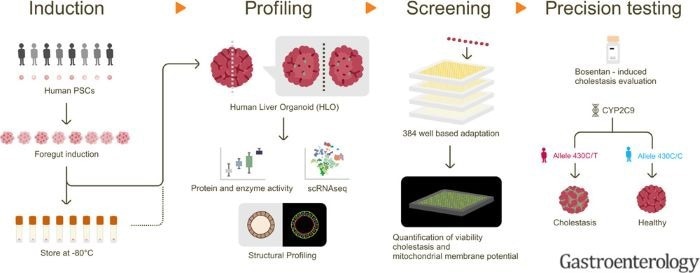
Drug toxicity screening system based on liver organoids. Image Credit: https://doi.org/10.1053/j.gastro.2020.10.002
Potential of liver organoids in regenerative medicine
Liver organoids hold significant promise in regenerative medicine. Research indicates that these organoids can partially replace damaged liver tissue, improving therapeutic outcomes.
For instance, Huch et al. transplanted mouse liver organoids derived from adult stem cells into a tyrosinemia type I mouse model, resulting in enhanced survival rates.
Research by Takebe et al. also showed that vascularized liver organoids derived from induced pluripotent stem cells (iPSCs) could form vascular structures within 48 hours after transplantation, successfully rescuing mice with drug-induced liver injury, further confirming the effectiveness of organoid transplantation.
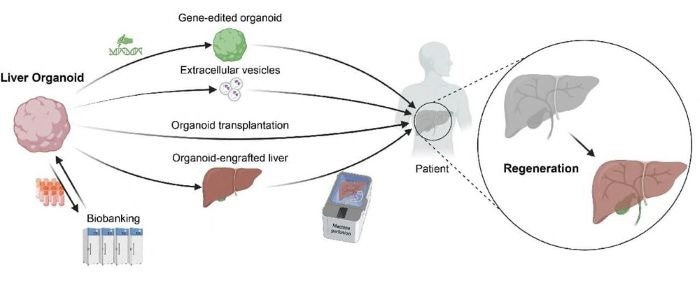
Drug toxicity screening system based on liver organoids. Image Credit: https://doi.org/10.3350/cmh.2024.1040
ACROBiosystems’ liver organoids for NASH modeling
NASH is marked by fat accumulation, inflammation, and liver damage, and is closely associated with obesity, type 2 diabetes, and metabolic syndrome. Oil Red, a dye commonly used to visualize intracellular lipid deposits, clearly highlights fatty acid buildup in liver organoids.
When liver organoids (Cat. No. CIPO-RWL005K) were stained with Oil Red, significant lipid accumulation was observed, reflecting NASH-like pathological features. This consistent in vitro model provides a useful platform for studying NASH pathogenesis and evaluating potential therapies.
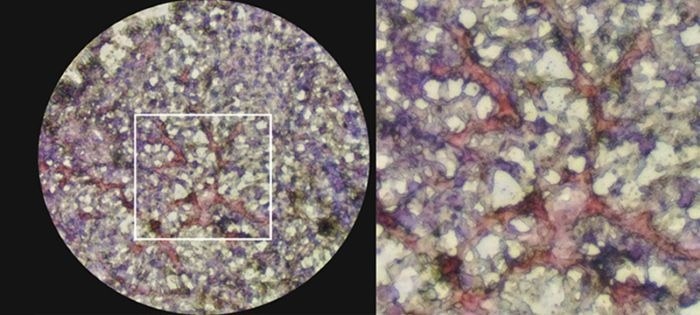
Oil Red staining shows significant fatty acid accumulation in ACROBiosystems liver organoids. Image Credit: ACROBiosystems
Conclusion
Liver organoids, with their capacity to closely imitate human organ structure and function, act as advanced tools for disease research and drug development. ACROBiosystems is committed to enhancing organoid technology, offering high-quality tools to facilitate disease studies and the development of novel drugs.

Image Credit: ACROBiosystems
References
- Sang, C., et al. (2024). Progress, application and challenges of liver organoids. Clinical Cancer Bulletin, 3(1). https://doi.org/10.1007/s44272-024-00012-0.
- Ouchi, R., et al. (2019). Modeling Steatohepatitis in Humans with Pluripotent Stem Cell-Derived Organoids. Cell Metabolism, (online) 30(2). https://doi.org/10.1016/j.cmet.2019.05.007.
- Shinozawa, T., et al. (2021). High-Fidelity Drug-Induced Liver Injury Screen Using Human Pluripotent Stem Cell–Derived Organoids. Gastroenterology, 160(3), pp.831-846.e10. https://doi.org/10.1053/j.gastro.2020.10.002.
- Hendriks, D., Bet al. (2023). Engineered human hepatocyte organoids enable CRISPR-based target discovery and drug screening for steatosis. Nature Biotechnology. https://doi.org/10.1038/s41587-023-01680-4.
- Huch, M., et al. (2013). In vitro expansion of single Lgr5+ liver stem cells induced by Wnt-driven regeneration. Nature, 494(7436), pp.247–250. https://doi.org/10.1038/nature11826.
- Takebe, T., et al. (2013). Vascularized and functional human liver from an iPSC-derived organ bud transplant. Nature, 499(7459), pp.481–484. https://doi.org/10.1038/nature12271.
- Kim, Y., et al. (2025). Liver organoids: Current advances and future applications for hepatology. Clinical and Molecular Hepatology, (online) 31(Suppl), pp.S327–S348. https://doi.org/10.3350/cmh.2024.1040.
About ACROBiosystems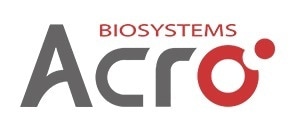
ACROBiosystems is a cornerstone enterprise of the pharmaceutical and biotechnology industries. Their mission is to help overcome challenges with innovative tools and solutions from discovery to the clinic. They supply life science tools designed to be used in discovery research and scalable to the clinical phase and beyond. By consistently adapting to new regulatory challenges and guidelines, ACROBiosystems delivers solutions, whether it comes through recombinant proteins, antibodies, assay kits, GMP-grade reagents, or custom services. ACROBiosystems empower scientists and engineers dedicated towards innovation to simplify and accelerate the development of new, better, and more affordable medicine.
Sponsored Content Policy: News-Medical.net publishes articles and related content that may be derived from sources where we have existing commercial relationships, provided such content adds value to the core editorial ethos of News-Medical.Net which is to educate and inform site visitors interested in medical research, science, medical devices and treatments.